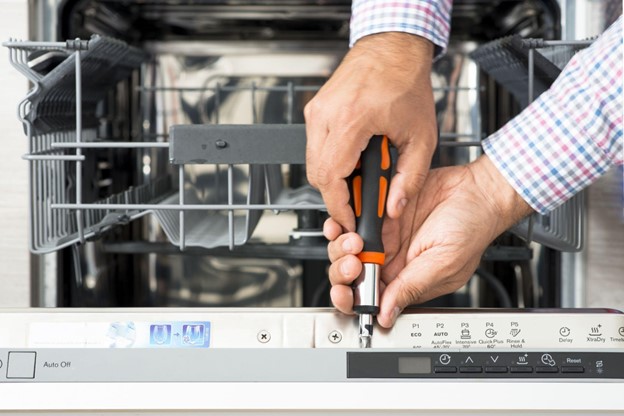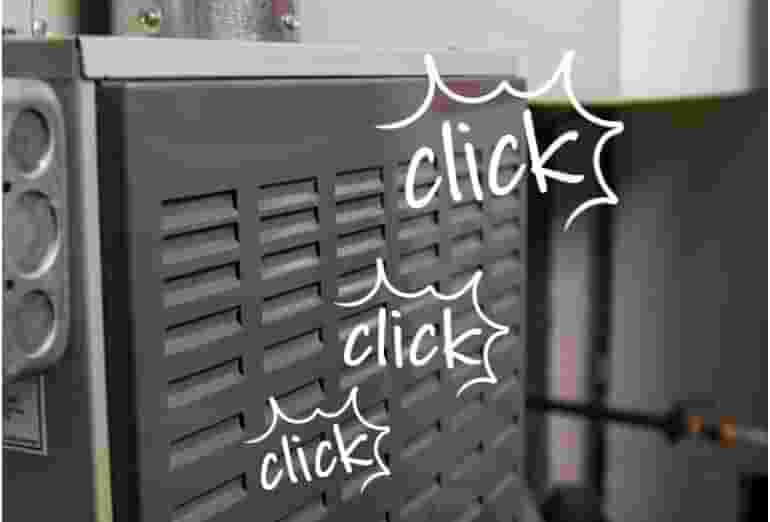Should You Repair or Replace Your Broken KitchenAid Dishwasher?
The cost of a typical KitchenAid dishwasher ranges from $800 to $1,500. Repair and replacement costs depend on which part is malfunctioning.
If your hose or valve needs replacement, it will run you anywhere from $50 to $150. In this case, replacing the broken part would be well worth the cost.
However, if the control panel or pump needs to be replaced, it will likely cost a minimum of $300.
Whenever you’re considering dishwasher repairs, it’s important to weigh your options based on the appliance’s condition and age. An experienced, reliable pro can check your appliance and advise you on the best option.
Common KitchenAid Dishwasher Problems
Some KitchenAid dishwasher models have many impressive features, including Wi-Fi connectivity and quiet operation. But just as these appliances are known for innovative features, they can also be associated with common defects.
If your appliance is experiencing any of the following malfunctions, consider the suggestions below from our KitchenAid appliance repair professionals.
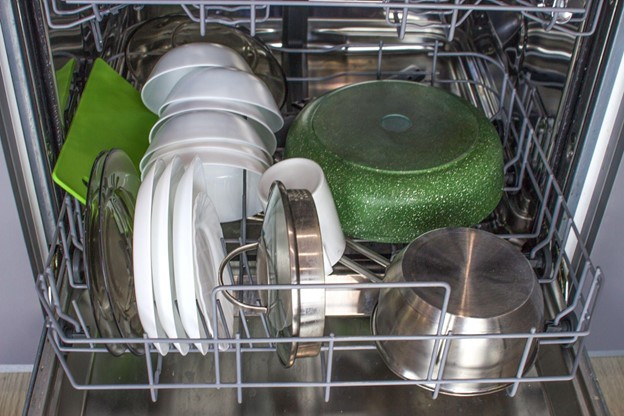
Doesn’t Fully Clean Dishes
You may have noticed that your KitchenAid dishwasher is not cleaning the top rack of dishes. This may have to do with how you’re loading your dishwasher and adjusting your top rack. Putting dishes into the appliance incorrectly can block the spray arm and cause improper distribution of water. Additionally, the rack may be too close or too far away from the spray arm, resulting in half-clean dishes.
Other parts, like the nozzle and filter, could also be blocked and need to be adjusted or serviced by a professional.
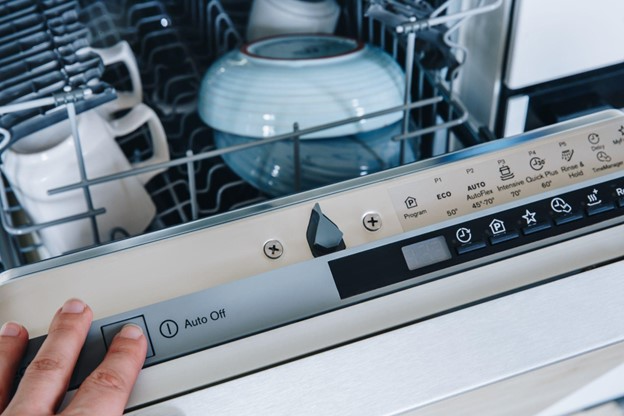
Won’t Start
Is your dishwasher beeping but not starting? Check to make sure that your dishwasher door is closed and locked. If it’s not, you may need a replacement latch.
If the door is secured, however, it’s best to have your local appliance professional check your control panel, water supply, and timer.
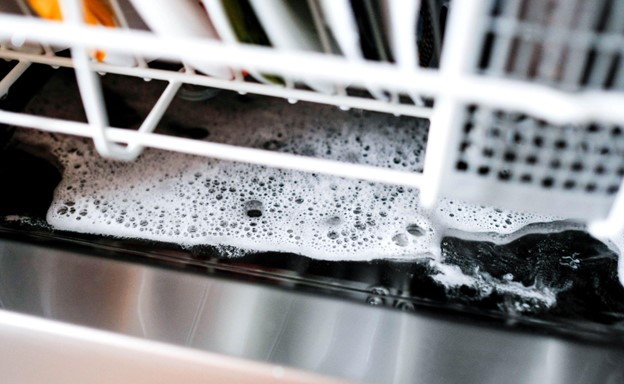
Refuses to Drain
Water that’s refusing to drain from your appliance is likely due to an obstruction in your drain hose, garbage disposal, or filter. In order to determine whether any of these parts are the cause, you’ll need to have them cleaned to see if this resolves the problem.
Other possible causes include a faulty pump or timer, which will require a replacement of the part.

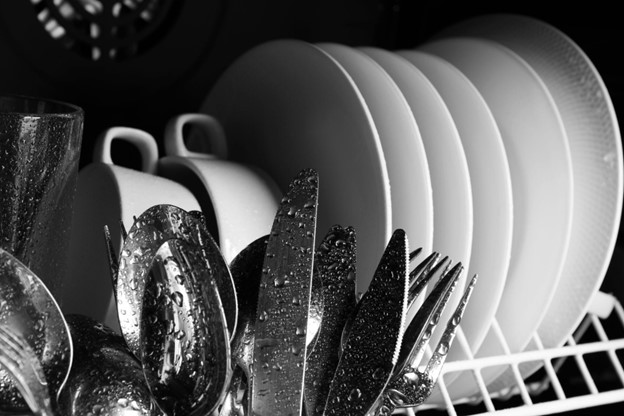
Not Drying Dishes
If you can’t seem to get your dishes dry, verify that you’re using the correct cycle. The cycle that you’re selecting may not have a drying option.
Are you using the right type of detergent? If not, it can drastically affect the way that your appliance dries your dishes.
Be sure to also load the dishes correctly so that the spray arms aren’t blocked from distributing hot air.
Repairs and replacements for other causes, such as a faulty heating element or timer, should be handled by a skilled appliance professional.
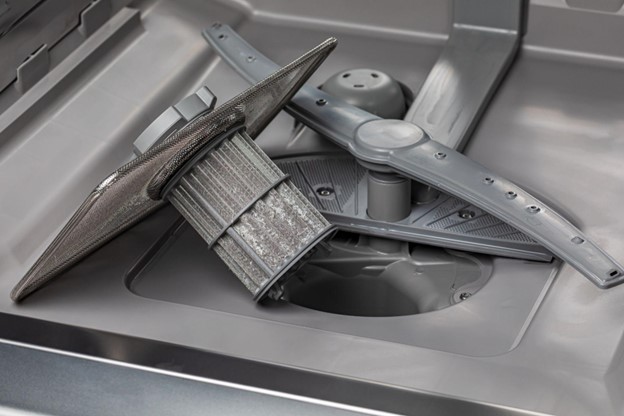
Not Filling with Water
If your KitchenAid dishwasher is not spraying water, there may be quite a few causes.
Parts such as your spray arms or inlet valve may be blocked and require cleaning to encourage water flow.
Issues like a malfunctioning control board or motor require a more thorough examination. Call for dishwasher repair service to have them fixed or replaced by your local Mr. Appliance professional.
Not Heating
If your dishwasher isn’t heating as expected, make sure that the circuit breaker hasn’t tripped and that the appliance is plugged in.
Another reason could be a thermistor failure. The thermistor controls the temperature in your dishwasher and should be checked if your appliance refuses to heat.
Additional malfunctions could be caused by a faulty heating element or control board and loose wiring. We recommend scheduling an appointment online with one of our professionals to verify the functionality of these parts.
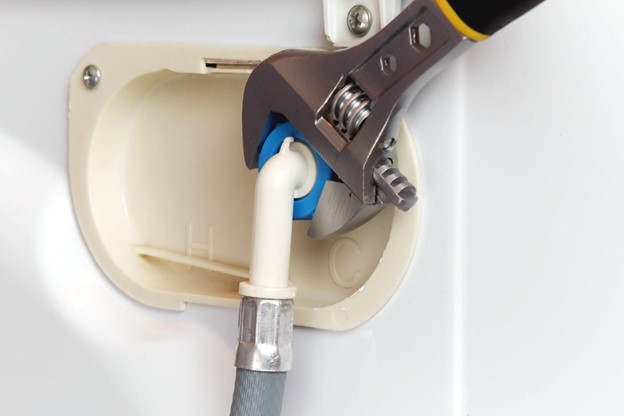
Dishwasher is Leaking
If you notice drops or even puddles of water on the floor while your dishwasher is running, don’t panic. There are a few solutions that you can implement to see if you can resolve this issue on your own.
Check your appliance’s door seal. Is it worn or damaged in any way? If the seal isn’t secure, water can easily seep through.
Be sure to clear large food particles from dishes and cookware before inserting them into the dishwasher. If you clog the drain with bits of food, the water has nowhere to drain. The result is an overflow of water that leaks onto your kitchen floor. Clean your drain thoroughly to avoid this problem.
Ensure that your dishwasher is leveled. If it was set up unevenly, it could cause the appliance to leak from one side.
If your dishwasher is leveled and not clogged, your door seal, hose, or water inlet valve may need replacement.
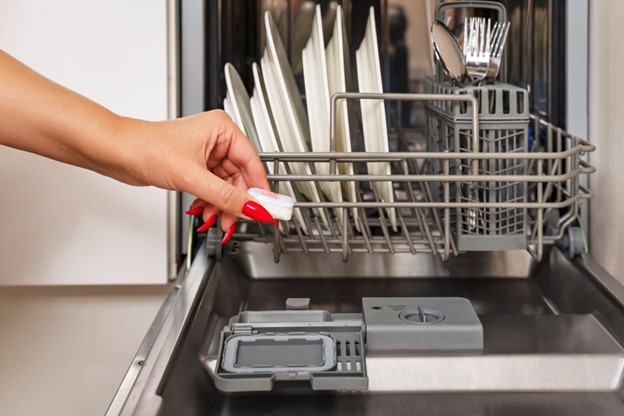
Not Dissolving Soap
Are you wondering if there’s something wrong with your dishwasher soap since it simply won’t dissolve? The answer could be “yes” if you use a non-dishwasher detergent.
If you’re using the manufacturer-recommended dishwasher soap, there may be underlying issues with your spray arms, detergent dispenser, and even your water.
Hard water doesn’t dissolve soap as well as soft water does. Using a dishwasher detergent booster can remove the buildup that hard water causes, ultimately solving your problem.
Low water pressure also prevents soap from dissolving due to the inconsistent flow of water. Since water flow problems aren’t just limited to your dishwasher, it may be best to contact a plumber to resolve water pressure issues.
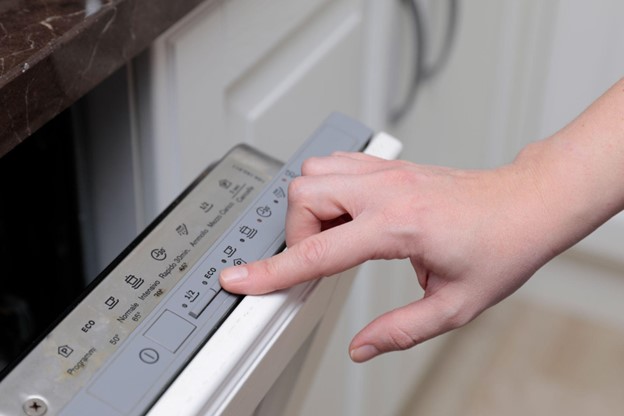
Touchpad Not Working
When your touchpad or buttons aren’t working, neither can your dishwasher. Sometimes the issue is as simple as the appliance’s old age, and sometimes your wiring could be damaged.
Are the buttons or touchpad wet? If they are, that may also be causing them to malfunction. Wait until they are dry, and try again.
Call a Mr. Appliance professional to schedule a service appointment if all else fails.
KitchenAid Dishwasher Parts We Replace
Looking for a specific dishwasher part for your KitchenAid dishwasher? Mr. Appliance can help you find the part(s) you need. We can supply the following:
- Thermostats
- Timers
- Pump assemblies
- Float switches
- Solenoids
- Heating elements
- Gaskets
- Wash and drain impellers
- Motors
- Valves
Find a KitchenAid Dishwasher Professional Near You
Your dishwasher is an essential appliance when it comes to keeping your kitchen and household running efficiently. When it breaks or isn’t working properly, cleaning up in the kitchen can take much longer.
When it comes to KitchenAid dishwasher repair, there’s no job too big or small for your local Mr. Appliance professional to handle. Schedule an appointment online today with your local pro, or give us a call to get your KitchenAid dishwasher working properly again.
 Click to call
Click to call

